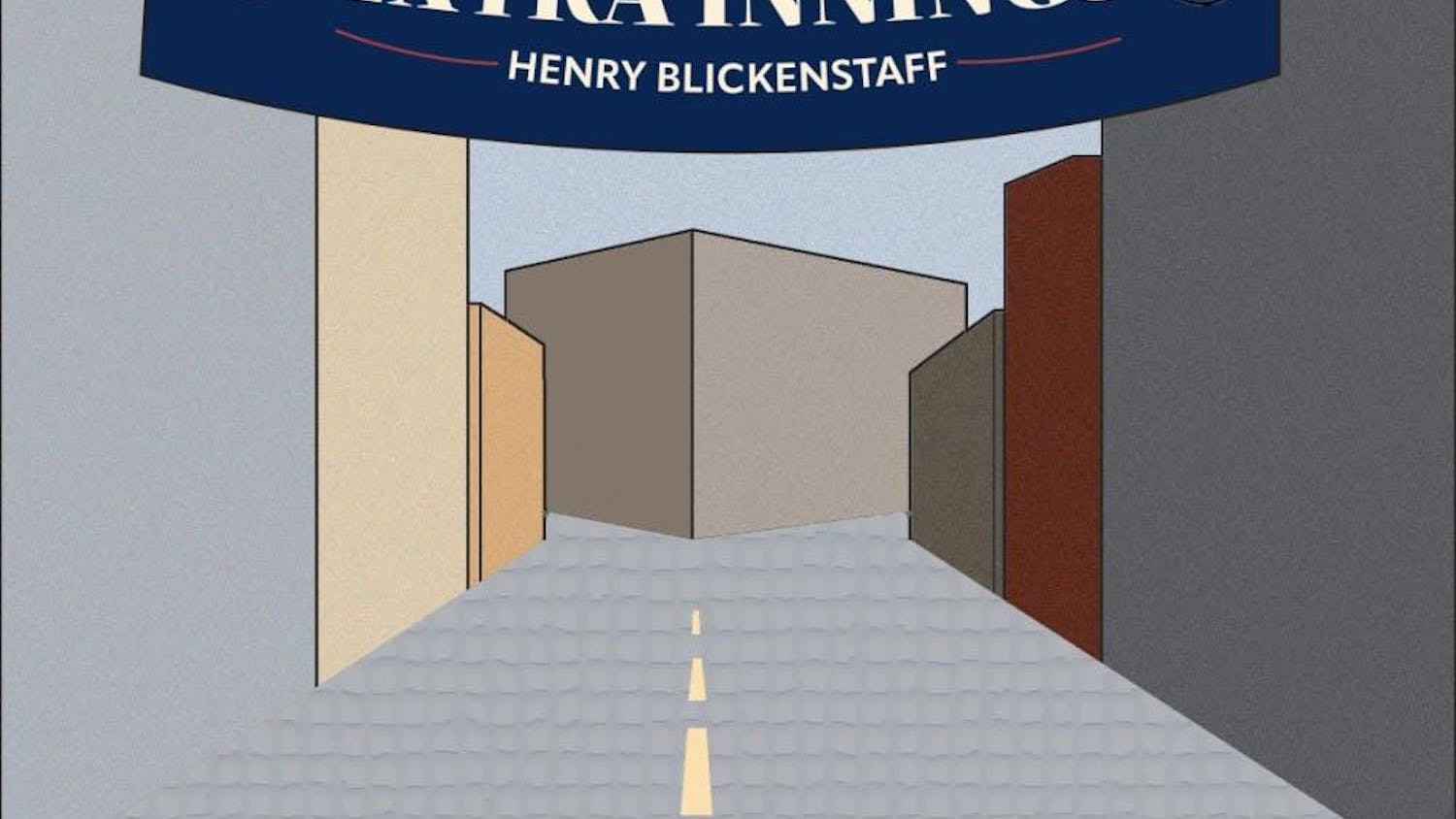A Democrat had not won a U.S. Senate seat in Arizona since 1988 -- only two years after John McCain began his 30-year career in the Senate -- when Dennis Deconcini was reelected to a third and final term. Arizona has long been seen as a solidly red state, with the exception of the 1996 Clinton election, with roots in the western vein of American conservatism focusing on liberty, limited government and the legacy of Barry Goldwater. With its expanding urban centers and rising Hispanic populations, Arizona has been trending bluer in recent years, and many see it as a toss-up state in the 2020 presidential election. Rep. Kyrsten Sinema’s victory last month only confirms the worst fears of Republicans.
Sinema was born in Tuscon, Ariz., and her family’s stability quickly unraveled from there. After her parents divorced, Sinema’s mother remarried and moved her and her siblings to a small town in the Florida Panhandle. After Sinema's stepfather lost his job, her family lived for three years in an abandoned gas station.
After graduating high school as valedictorian at age 16, Sinema attended Brigham Young University. Having been raised in The Church of Jesus Christ of Latter-Day Saints, Sinema felt she would attend a traditionally Mormon school. Sinema graduated from BYU at age 18 and left the Mormon church. She obtained her master’s, doctorate and law degrees from Arizona State University.
After years of working as a business law professor and social worker, Sinema was elected to the Arizona House of Representatives and the Arizona Senate in 2004 and 2010, respectively. Following the 2010 redistricting of Arizona’s congressional districts, Sinema was drawn into the newly created9th District. In the 2012 Democratic primary, she positioned herself as a pragmatic centrist Democrat who had worked with Republicans in state government to get things done. She won the primary in a three-way race with more than 40 percent of the vote.
Sinema’s tenure in the U.S. House of Representatives made her a rising star in Arizona politics. She was ranked one of the most bipartisan members of the House. When Jeff Flake announced in 2017 that he would not seek a second term in the Senate, Arizona Democrats knew that Sinema was their best choice to wrest a Senate seat from Republican hands.
The 2018 U.S. Senate race in Arizona was unique in many ways: It was the first time two women were on the ballot for a Senate seat from Arizona. President Trump made countless stops to support Republican candidate Martha McSally, and the recent death of Sen. John McCain loomed large. On election day, incumbent Republican governor Doug Ducey won in a landslide, while Sinema clinched a narrow victory, meaning that hundreds of thousands of Arizonians cast a ballot for both a pro-Trump governor and a Democratic woman for the U.S. Senate.
President Trump’s disdain for both Flake and the late McCain were poison pills for McSally in her election, and Arizona’s changing demographics will likely make it a target for Democrats in two years, when they try to unseat Trump himself.






